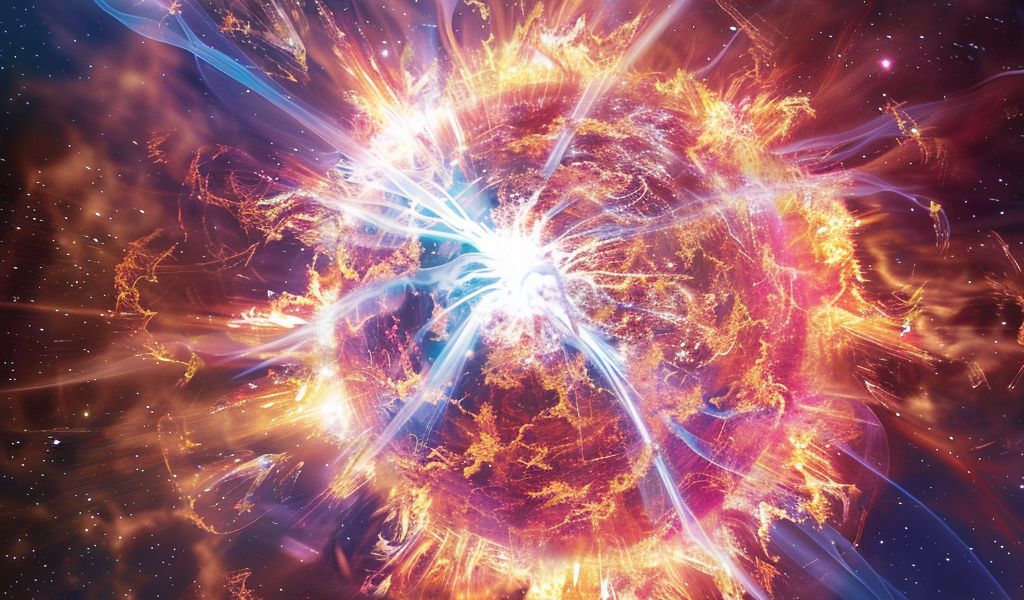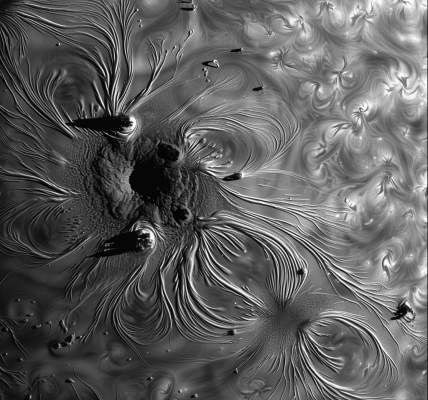First Magnetar Flare Detected Outside Our Galaxy: A Game-Changing Discovery in Astrophysics
Magnetars have long been a fascinating subject of study in the realm of astrophysics, with their extreme magnetic fields and potential for energetic outbursts capturing the attention of researchers worldwide. Recently, a significant discovery has been made that may shed light on these enigmatic celestial objects.
In a surprising turn of events, scientists believe they have detected the first magnetar flare outside of our galaxy. This remarkable observation challenges previous notions about the origins of certain gamma-ray bursts, hinting at the complex and diverse nature of cosmic phenomena.
Gamma rays, characterized by their high energy levels exceeding that of X-rays, are typically associated with various astronomical events such as supernovae, black holes, and neutron stars. However, the detection of gamma rays originating from another galaxy presents a unique opportunity to explore new frontiers in astrophysics.
The recent discovery was made possible by the ESA’s Integral gamma-ray observatory, which identified a short burst known as GRB 231115A in November 2023. This brief yet intense burst lasted only 50 milliseconds at certain wavelengths, resembling the signatures expected from neutron star mergers.
Remarkably, the Integral data pinpointed the location of the burst to the nearby galaxy M82, also known as the Cigar Galaxy. M82, classified as a starburst galaxy due to its rapid star formation rate, offers a fertile ground for the birth of neutron stars, including potential magnetars.
While the possibility of a distant gamma-ray burst coincidentally aligning with M82 cannot be completely ruled out, researchers have employed rigorous methods to demonstrate that the burst likely originated from within the galaxy itself. This finding challenges existing models of gamma-ray bursts and highlights the need for further investigation into the mechanisms behind these energetic events.
Despite the tantalizing nature of this discovery, questions still linger regarding the total energy output of the burst and its implications for our understanding of magnetars and their behavior. The study of magnetars continues to provide valuable insights into the extreme conditions present in our universe, pushing the boundaries of our knowledge and inspiring new avenues of research.





